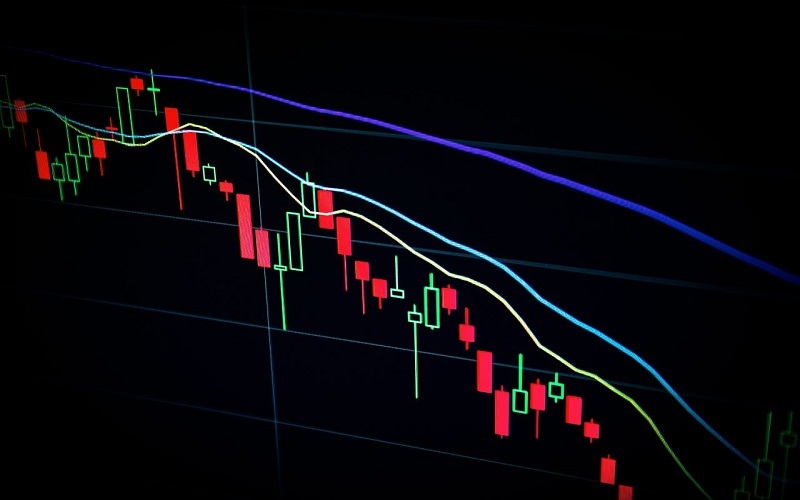In the dynamic world of financial markets, the influence of fiscal policy plays a crucial role in shaping investment landscapes, particularly in instruments like Contracts for Difference (CFDs). Understanding how fiscal policy affects CFD trading requires delving into the fundamentals of fiscal policy, the mechanics of CFDs, and the intricate interactions between policy decisions and market reactions.
Understanding Fiscal Policy
CFD trading allows investors to speculate on the price movements of various financial instruments without owning the underlying asset. It involves leveraging, which magnifies both gains and losses, making it highly responsive to external economic factors like fiscal policy. Fiscal policy, which encompasses government spending, taxation, and economic management objectives, directly impacts market sentiment and financial conditions.
So,what is a fiscal policy? Fiscal policy refers to government actions involving revenue generation (taxation) and expenditure (spending). Its primary goals include economic stabilisation, influencing aggregate demand, and achieving sustainable growth. By adjusting fiscal measures, governments aim to steer economies through various economic cycles and challenges.
During economic downturns, governments may implement expansionary fiscal policies, characterised by increased spending and/or tax cuts, to stimulate demand and boost economic activity. Conversely, during periods of inflation or overheating, contractionary fiscal policies may be employed to curb excessive growth and maintain price stability.
The Mechanics of CFD Trading
CFDs are derivative instruments that allow traders to speculate on the price movements of assets such as stocks, commodities, currencies, and indices. Unlike traditional investing where investors buy and hold assets, CFD trading involves entering into contracts with brokers to profit from price changes without owning the underlying asset. This method of trading is popular due to its flexibility, leverage options, and ability to profit from both rising and falling markets.
Traders can open positions to buy (long) or sell (short) CFDs, depending on their market expectations. The leverage aspect of CFDs allows traders to amplify their exposure to the market with a fraction of the total trade value, thereby potentially increasing both profits and losses.
Impact of Fiscal Policy on CFD Trading Markets
Government Spending
Government spending decisions directly influence sectors and industries that form the backbone of CFD trading. Increased spending in infrastructure, defence, or healthcare sectors can boost related stocks and indices, leading to potential bullish trends in CFD trading. Conversely, cuts in government spending can adversely affect these sectors, prompting market corrections and bearish sentiments.
For example, a government announcement of significant infrastructure investment can lead to increased demand for construction materials, machinery, and related services. CFD traders may anticipate higher stock prices in these sectors and position themselves accordingly to capitalise on potential gains.
Taxation Policies
Changes in taxation policies, such as corporate tax rates or capital gains taxes, can significantly impact investor behaviour and market dynamics. Lower corporate taxes may stimulate business growth and investor confidence, potentially driving up stock prices and indices, thus benefiting CFD traders. Conversely, higher taxes can lead to reduced profitability for corporations and dampened investor sentiment, influencing market downturns.
Tax policy changes can also affect specific industries differently. For instance, a reduction in capital gains tax rates may attract more investment in stocks and indices, particularly benefiting CFD traders who profit from price fluctuations in these markets.
Monetary Policy Interaction
Fiscal policy often works in tandem with monetary policy, which involves central bank actions regarding interest rates, money supply, and credit conditions. Coordination between fiscal and monetary policies is crucial for maintaining economic stability and influencing financial markets. For instance, a fiscal stimulus package accompanied by accommodative monetary policies (lower interest rates) can stimulate economic activity and boost asset prices, benefiting CFD traders.
Conversely, conflicting fiscal and monetary policies can lead to market uncertainty and volatility. If fiscal stimulus measures are not supported by corresponding monetary policy adjustments, it may result in inflationary pressures or asset price bubbles, posing risks to CFD traders.
Strategies for Traders in Response to Fiscal Policy Changes
Given the volatility inherent in CFD trading, effective risk management strategies are essential during periods of fiscal policy uncertainty. Traders can employ techniques such as setting stop-loss orders, diversifying portfolios across different asset classes, and using hedging strategies to mitigate potential losses arising from adverse policy impacts.
Analysing fiscal policy announcements and their potential implications for CFD markets is critical for informed decision-making. Traders should stay updated on government budget releases, tax reform proposals, and central bank meetings that could influence market sentiments and asset prices. Utilising technical analysis tools, economic calendars, and expert commentary can aid in interpreting policy impacts accurately.
Conclusion
In conclusion, fiscal policy exerts significant influence on CFD trading markets by shaping economic conditions, investor sentiment, and market dynamics. Understanding how government spending, taxation policies, and monetary interventions affect CFD instruments is crucial for traders seeking to navigate volatile market conditions and capitalise on opportunities. By adopting proactive risk management strategies and staying informed through diligent market analysis, traders can adapt to changing fiscal landscapes and position themselves advantageously in CFD trading.



